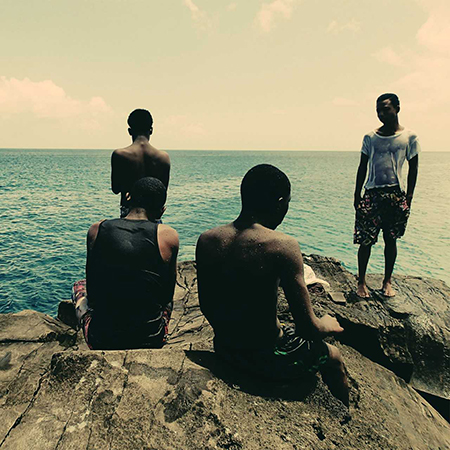
If you visit “Relational Undercurrents, Contemporary Art of the Caribbean Archipelago,” don’t expect to see pretty pictures. This show of 200 pieces by 80 artists makes a bold statement about the plight of people in the Caribbean islands. The compendium of images evoke the devastation following last year’s tropical storms. Employing themes of a common history of colonialism, racism and subjugation, the paintings, sculpture, photography, installations and videos are often raw and confrontational. Personifying the tone, in “Vanishing Point” (2013), a video of the artist, Carlos Martiel, has threads sewn into his nude body and pulled tight.
“Relational Undercurrents” is divided into four thematic sections. “Conceptual Mappings” includes Karlo Andrei Ibarra’s “Collective Memory” (2012), a blank black globe with chalk and an invitation to viewers to create their own countries, continents and borders. Ewan Atkinson’s “Archipelago” (2017) depicts the various islands as body parts. The “Perpetual Horizons” section is about borders, which both contain island residents and entice them to travel beyond the ocean barrier that surrounds them. Jean-Luc de Laguarigue’s “Untitled” from “Nor Plage, Martinique” (2013), a photo of an installation of the walls and door of an old building, includes portions of the walls cut out, revealing the ocean, suggesting that the viewer to transcend her/his environment. Tony Capellán’s “Found Objects from the Caribbean Sea” (2015), an installation in the “Landscape Ecologies” section, is a collection of the type of plastic junk besmirching our oceans. "Representational Acts," expressing political viewpoints, includes Antonia Wright’s video “Suddenly We Jumped” (2014), in which the artist smashes her unclothed body through a sheet of glass. It’s an act that conveys the desire of many residents to break free of their restricted lives.
